Kamakura is a small coastal town just an hour south of Tokyo. Due to its proximity to Tokyo, it is an ideal destination for a short trip from Tokyo.
Along with Nara and Kyoto, Kamakura was Japan’s capital city from 1185 to 1333. Having visited all three cities, I could see similarities among them. All three of them have that quaint, idyllic small city feel with plenty of shrines to visit.
Continue to find out what you can see and do in Kamakura!
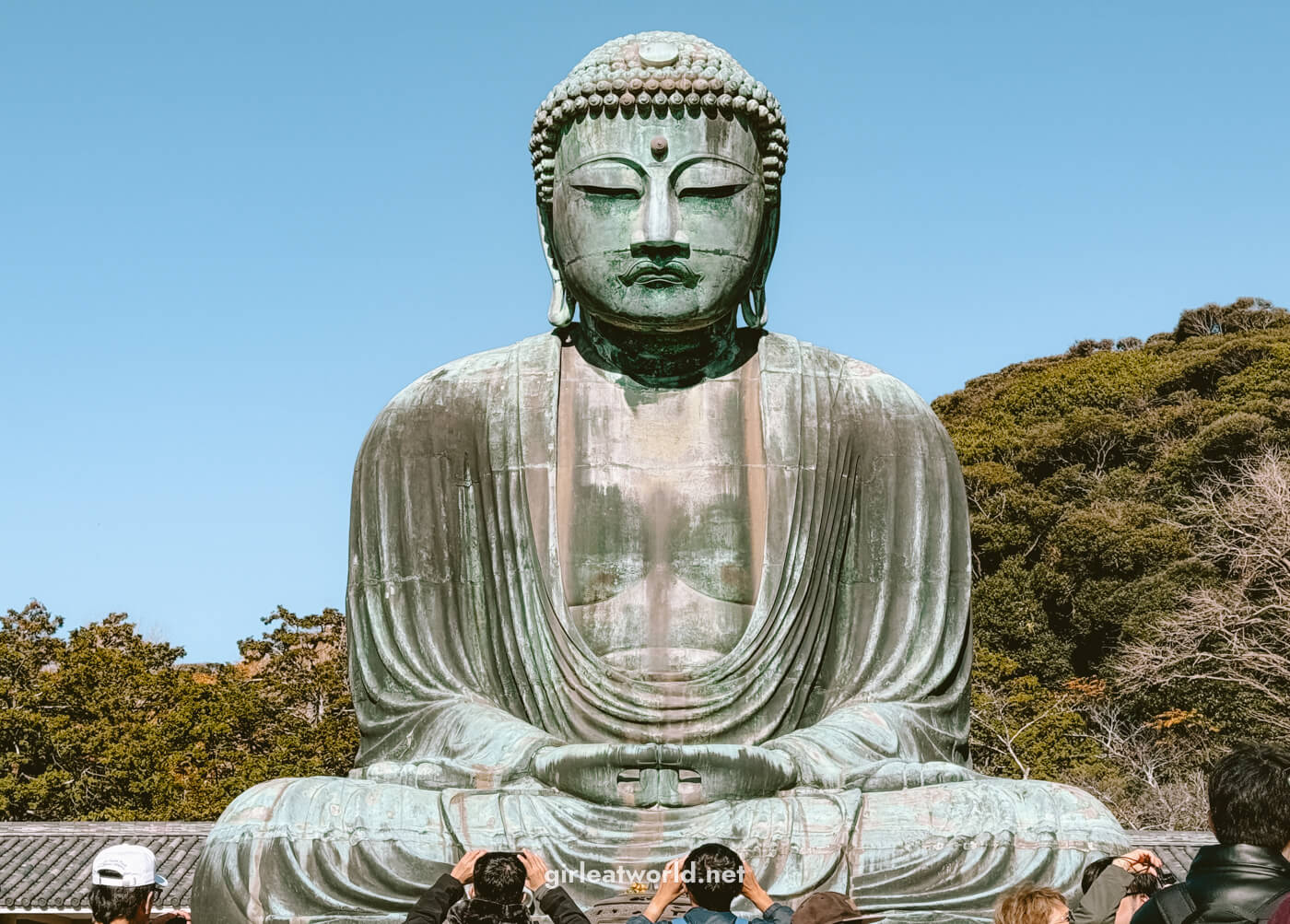
- How long should I spend in Kamakura?
- How to get to Kamakura from Tokyo
- How to get around in Kamakura
- Travel Tips for Visiting Kamakura
- Things to do in Kamakura
How long should I spend in Kamakura?
Kamakura can be easily reachable as a day trip from Tokyo. It’s a small compact city, meaning all the attractions are very close together and easy to get through in one day.
However, if you have the time, there is enough to do in the area to warrant a 2-day visit. For example, you could extend your visit to Enoshima, a small island off Kamakura.
If you intend to make this a day trip, I suggest leaving early in the morning. You’ll need about 8-10 hours to explore Kamakura and see the essential things to do, and some temples close early at 4 pm.
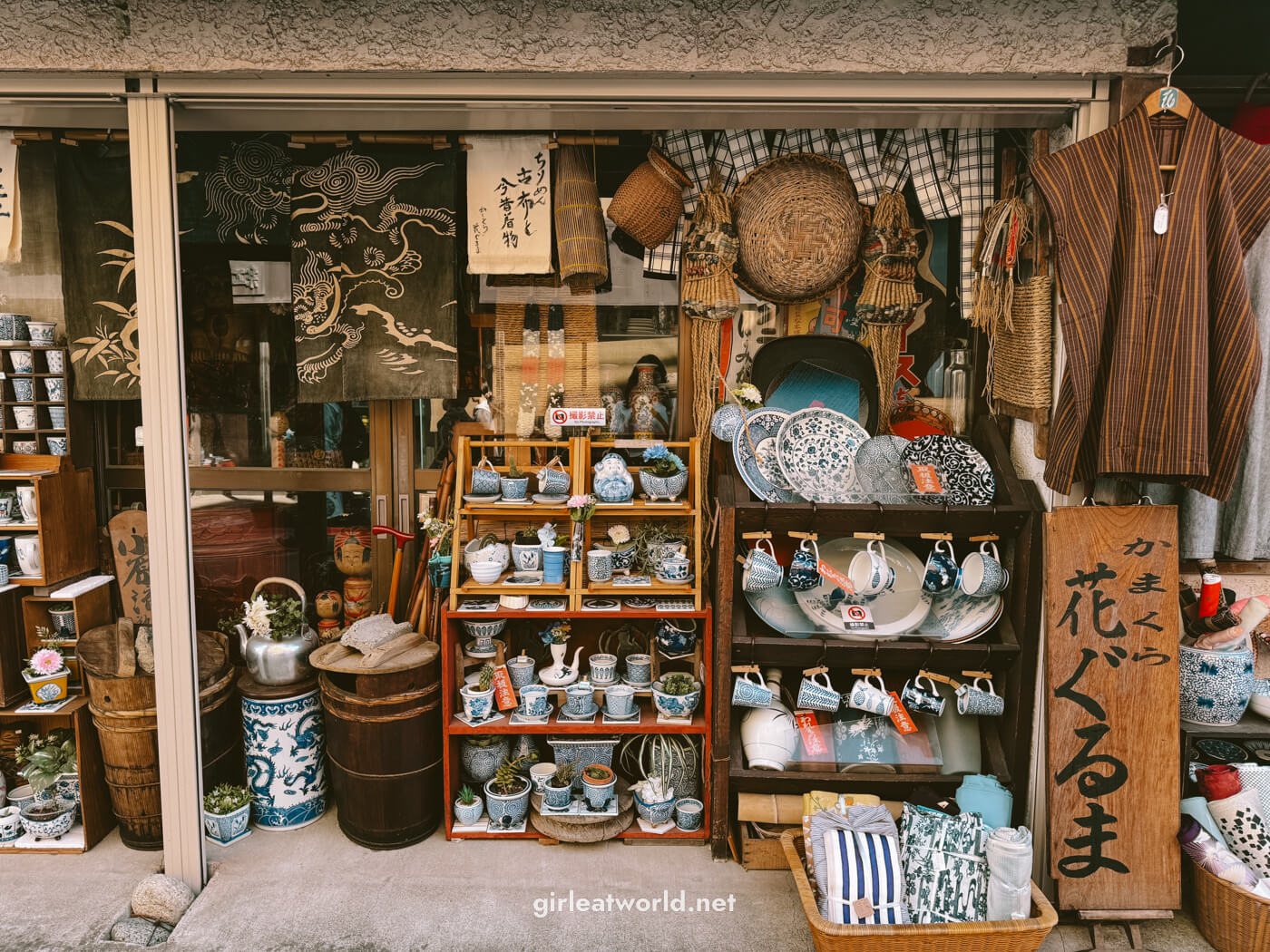
How to get to Kamakura from Tokyo
Using JR Trains – The fastest way to reach Kamakura is using the JR train lines. There are two different lines you can take from Tokyo:
- JR Shonan line – From Shinjuku / Shibuya / Ebisu station
- JR Yokosuka line – From Tokyo / Shimbashi / Shinagawa Station
Both ways take around 1 hour and cost 950 yen one way to Kamakura.
🚆 Book train ticket online: Purchase Japan train ticket via Klook for easy redemption at the station once you’re in Japan.
Using Odakyu Line – You could also take the Odakyu line from Shinjuku using the Enoshima-Kamakura Freepass for some savings, but I would not recommend it because it takes twice as long to reach Kamakura from Tokyo for just a few dollars difference.
Rent a car and drive from Tokyo – If you have an international driver’s license and are comfortable with driving in a foreign country, this is the most convenient and easy option since you won’t have to be dependent on local transport when you get to Kamakura. This is the option that I personally went with since I did not want to waste time with public transport. Book a car rental from Tokyo here, which you can pick up from the airport or in the city:
- Car Rental Pick up from Narita Airport
- Car Rental Pick up from Haneda Airport
- Car Rental Pick up in Tokyo
How to get around in Kamakura
Using Local Trains – Kamakura is easy enough to explore on foot. For further destinations, you can take a local bus or Enoden local trains. You can use an IC Card, the same one you’d use on the trains in Tokyo, to pay the fares.
Travel Tips for visiting Kamakura
- Kamakura is an early city – Temples close by 4 or 4:30 pm, so plan your day around that
- Most restaurants will take a lunch break – from 2:30 pm to 5 pm, so if you’re planning on eating lunch at an odd hour, it would be slim pickings around these hours.
- Parking costs – If you plan to drive your own car, parking usually costs around 2,000 yen for two hours in ideal locations, but if you have time to look around you can find some parking lots for 600 yen an hour. You would just have to walk a little bit more.
Things to do in Kamakura
Without further ado, here are some ideas about what you can do in Kamakura to make your visit worthwhile:
1. Daibutsu at Kotoku-in – The Great Buddha of Kamakura
Admission: 300 yen for adults, Kids enter for free
Daibutsu at Kotoku-in is without a doubt the most recognizable symbol of Kamakura. Long before visiting, I had heard about the great Buddha statue in Kamakura.
You can feel the importance of the great Buddha statue in Kamakura. Walking around the streets in Hase just outside of Kotoku-in, you’ll notice plenty of Daibutsu-themed souvenirs and even snacks.
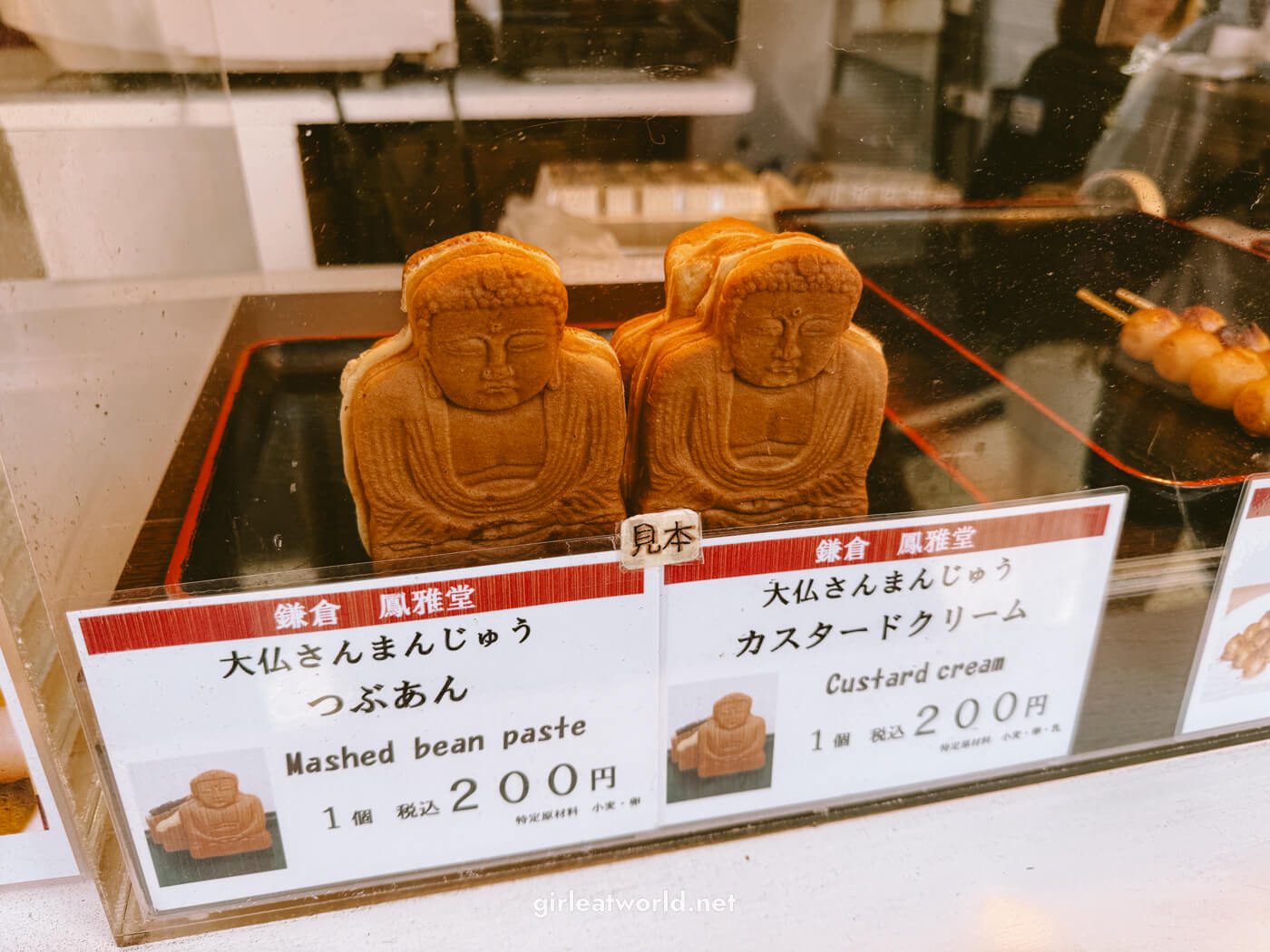
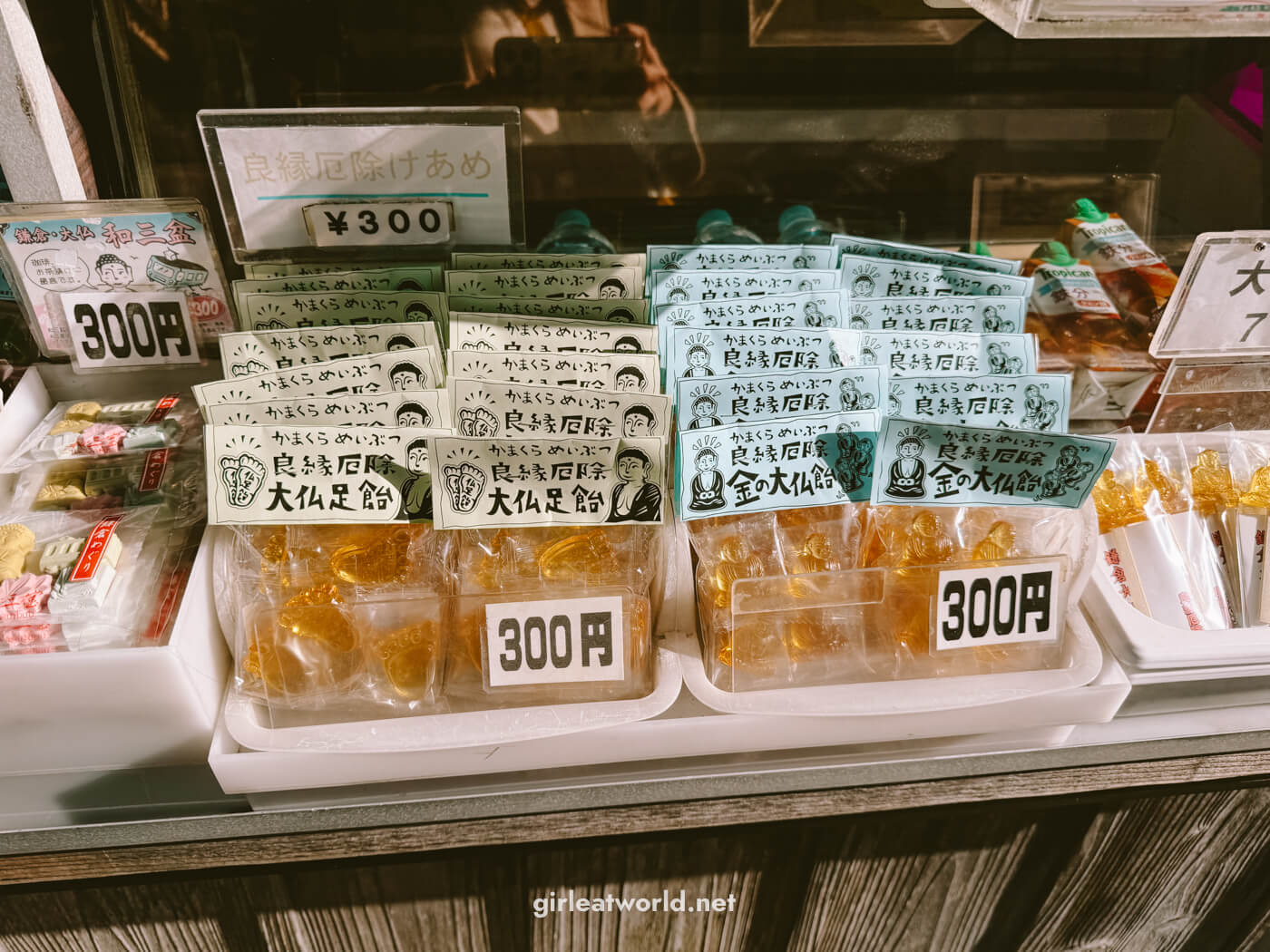
Visiting Kotoku-in is straightforward. You just need to pay the admission fee at the entrance, then proceed to wash your hands at the chozuya.

The area inside the shrine is not big. After a short walk through the garden, you’ll be immediately greeted with the sight of Daibutsu, the great Buddha of Kamakura.

For an extra 50 yen, you can enter the Buddha statue. Inside the statue, you can learn more about how the statue has been built to withstand potential earthquakes and tsunamis.
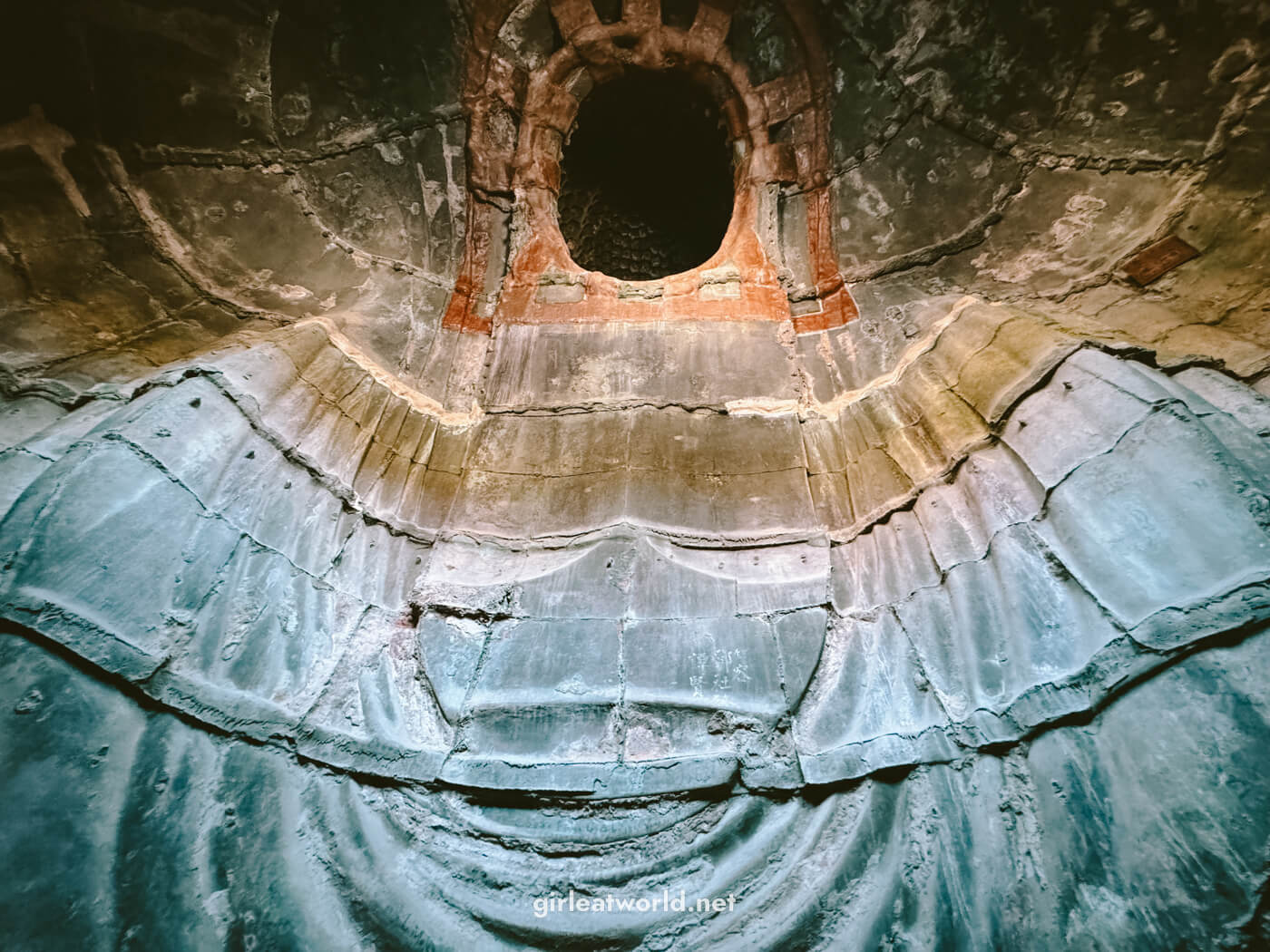
2. Kamakura Hasedera Temple
Admission: 400 yen for adults, 200 yen for 6-11 years old children, Younger children enter for free
Just a short walk down the street from Kotoku-in is Hasedera Temple. To be honest, I would have missed this temple if my husband hadn’t parked our car nearby. I am so glad we didn’t miss it because this ended up being my favorite thing to do in Kamakura!
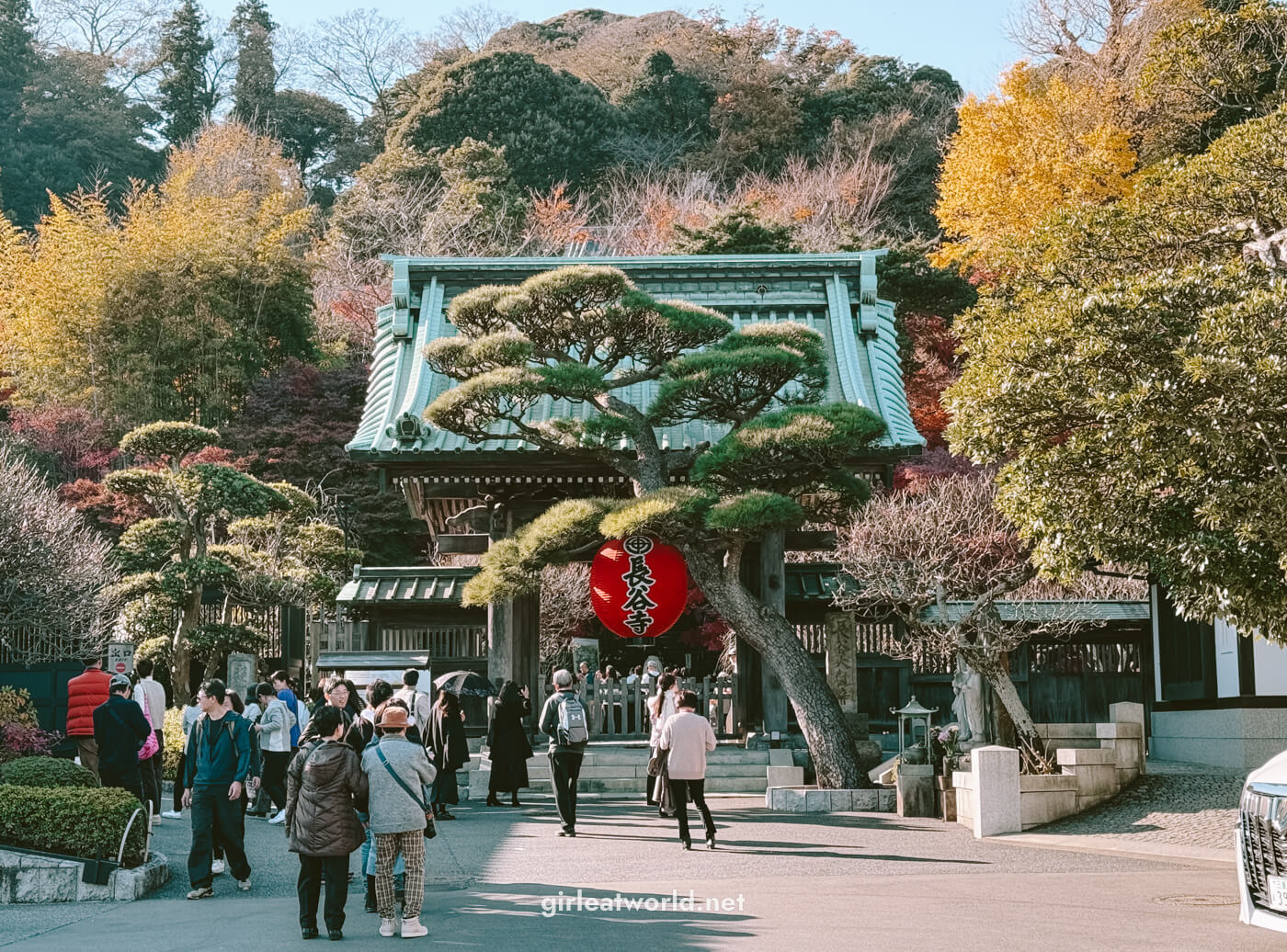
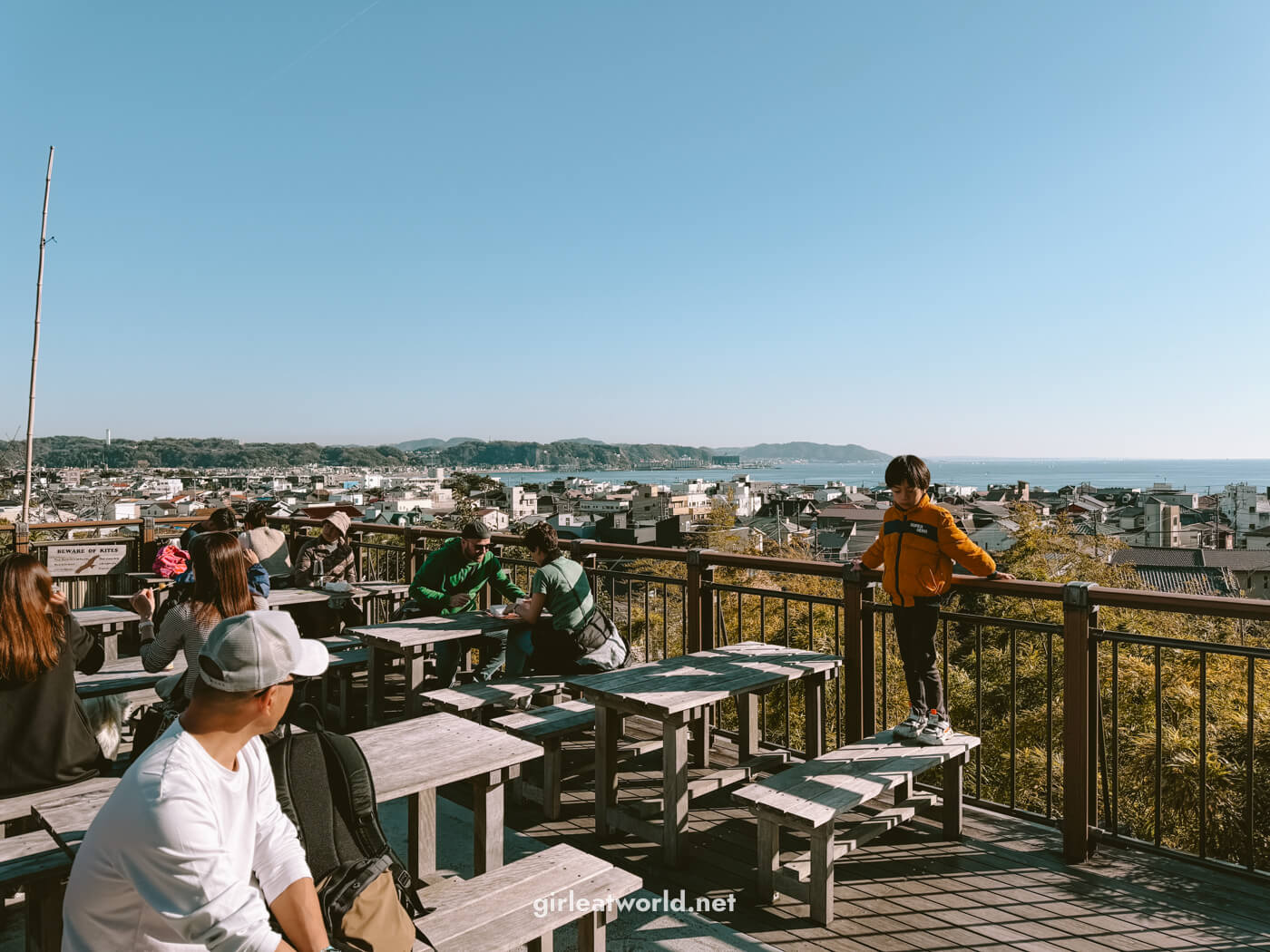
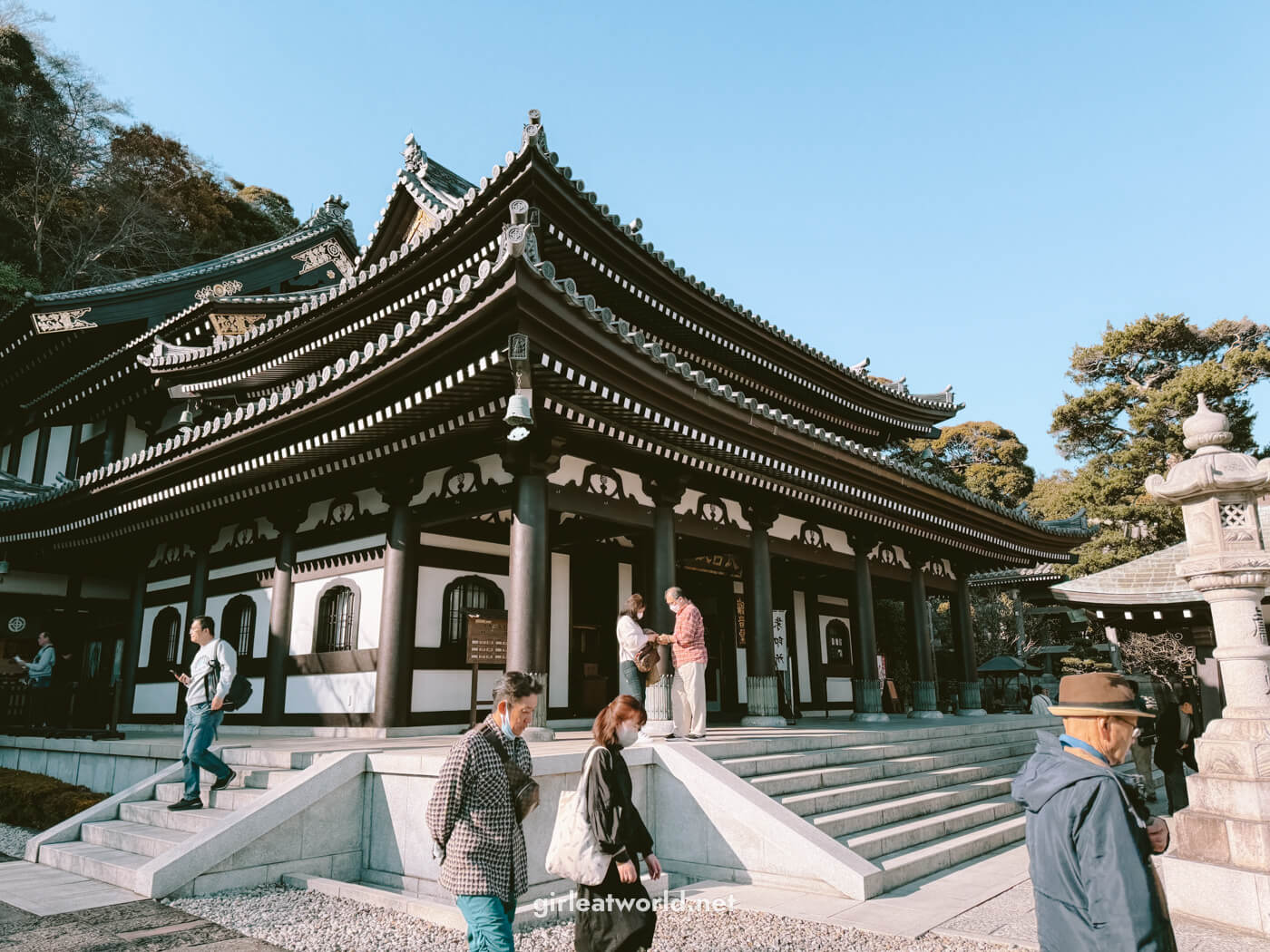
To the left of the main temple building is a set of stairs called the Prospect Path. If you follow the set of stairs, you’ll eventually be able to see the sea side. It doesn’t go up very high, but worthwhile if you have five minutes.
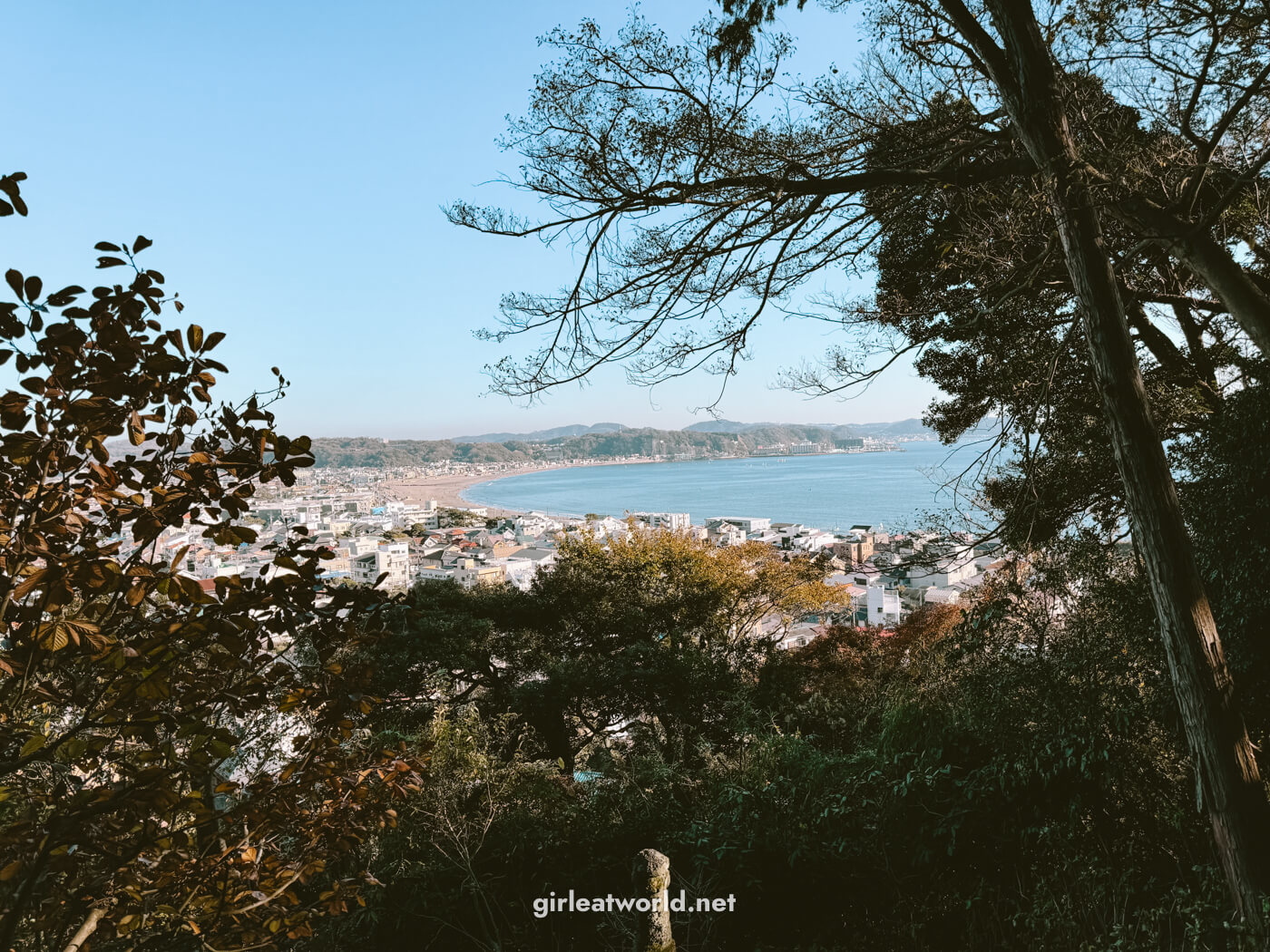
Even though we visited Kamakura in the first week of December, we were very lucky that the weather was still warm for that time of the year. As a result, the autumn leaves were still going strong. This is where Hasedera truly shines – the temple ground is extra beautiful with all the very colorful autumn leaves!
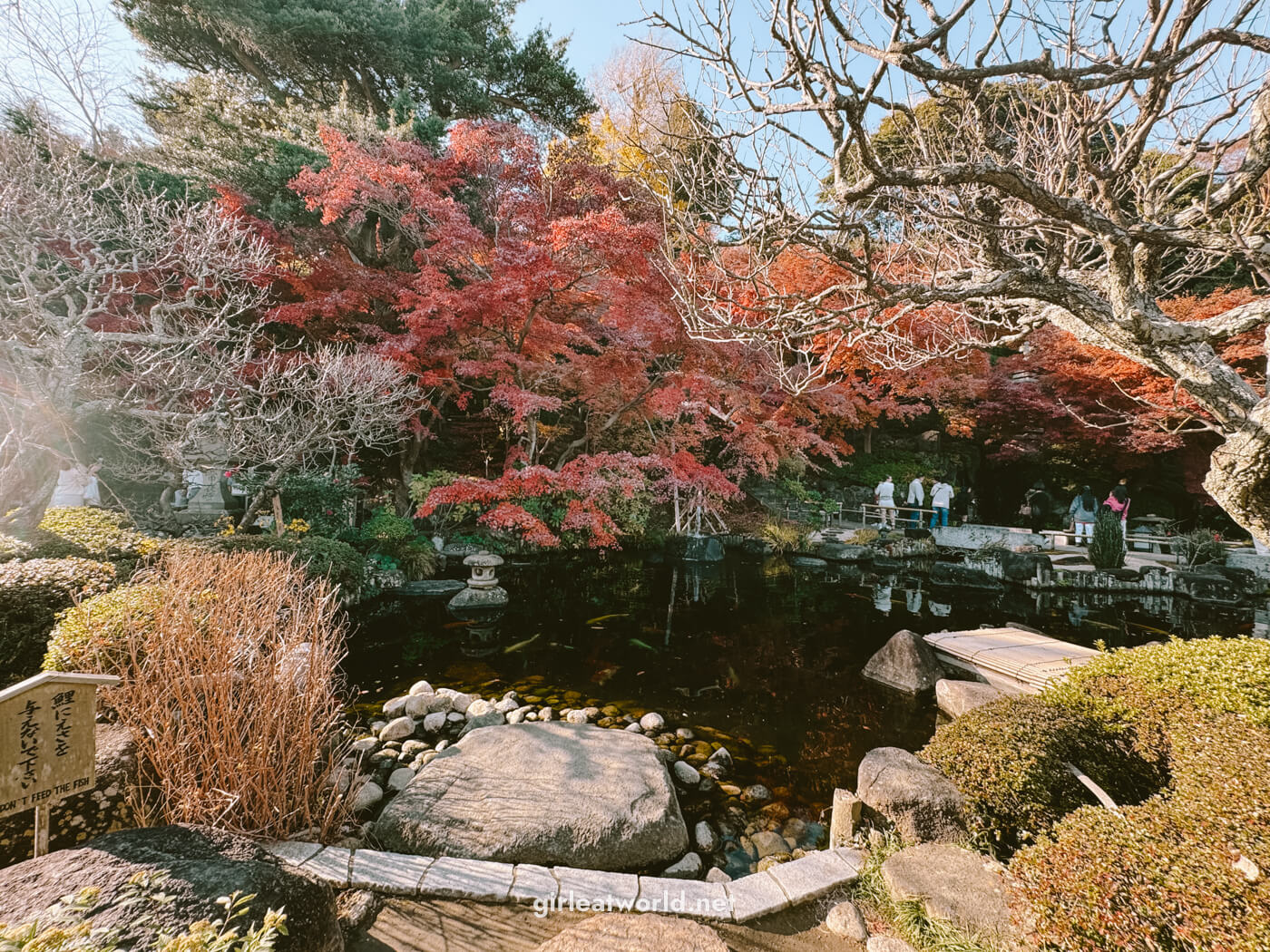
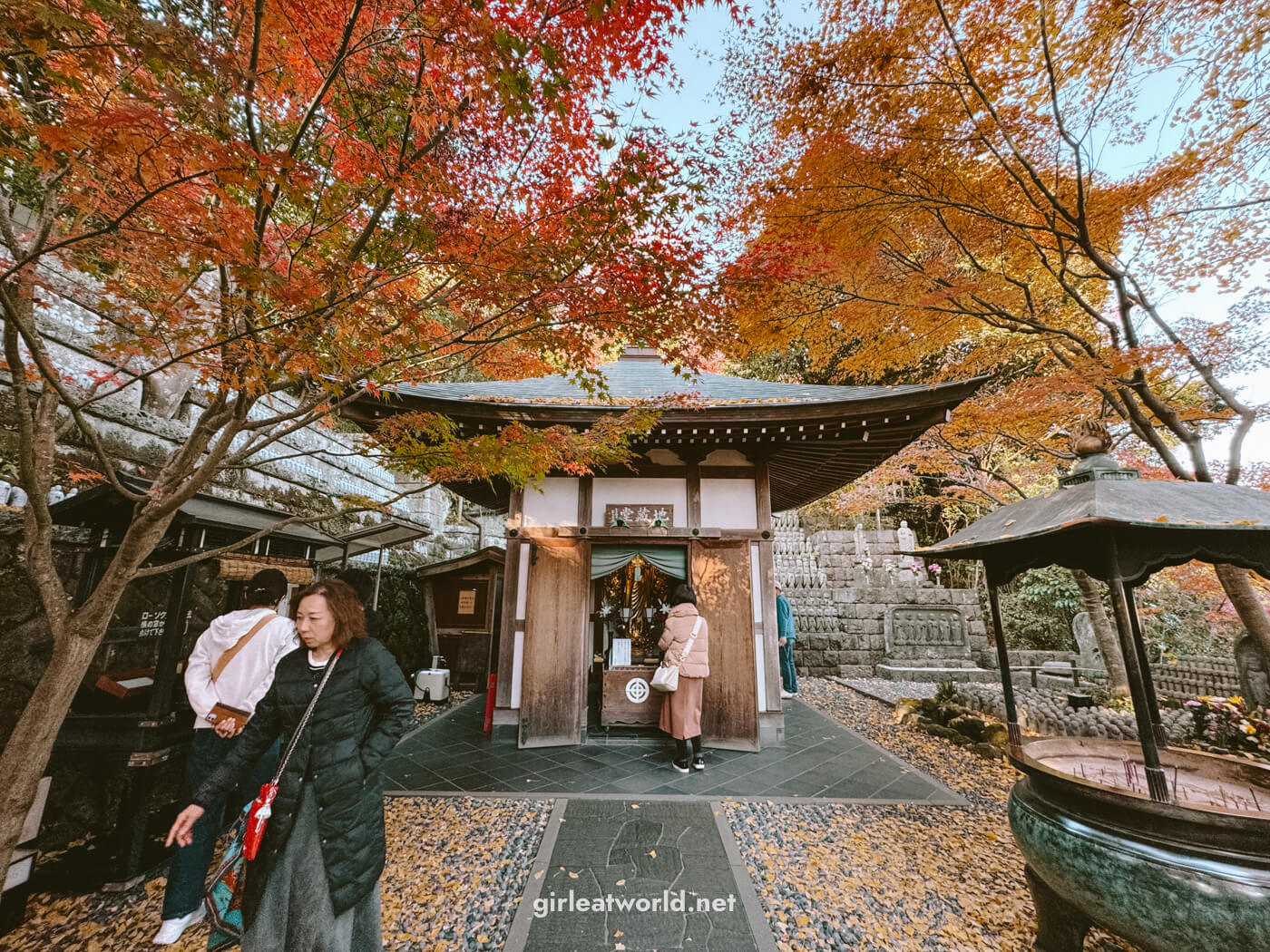
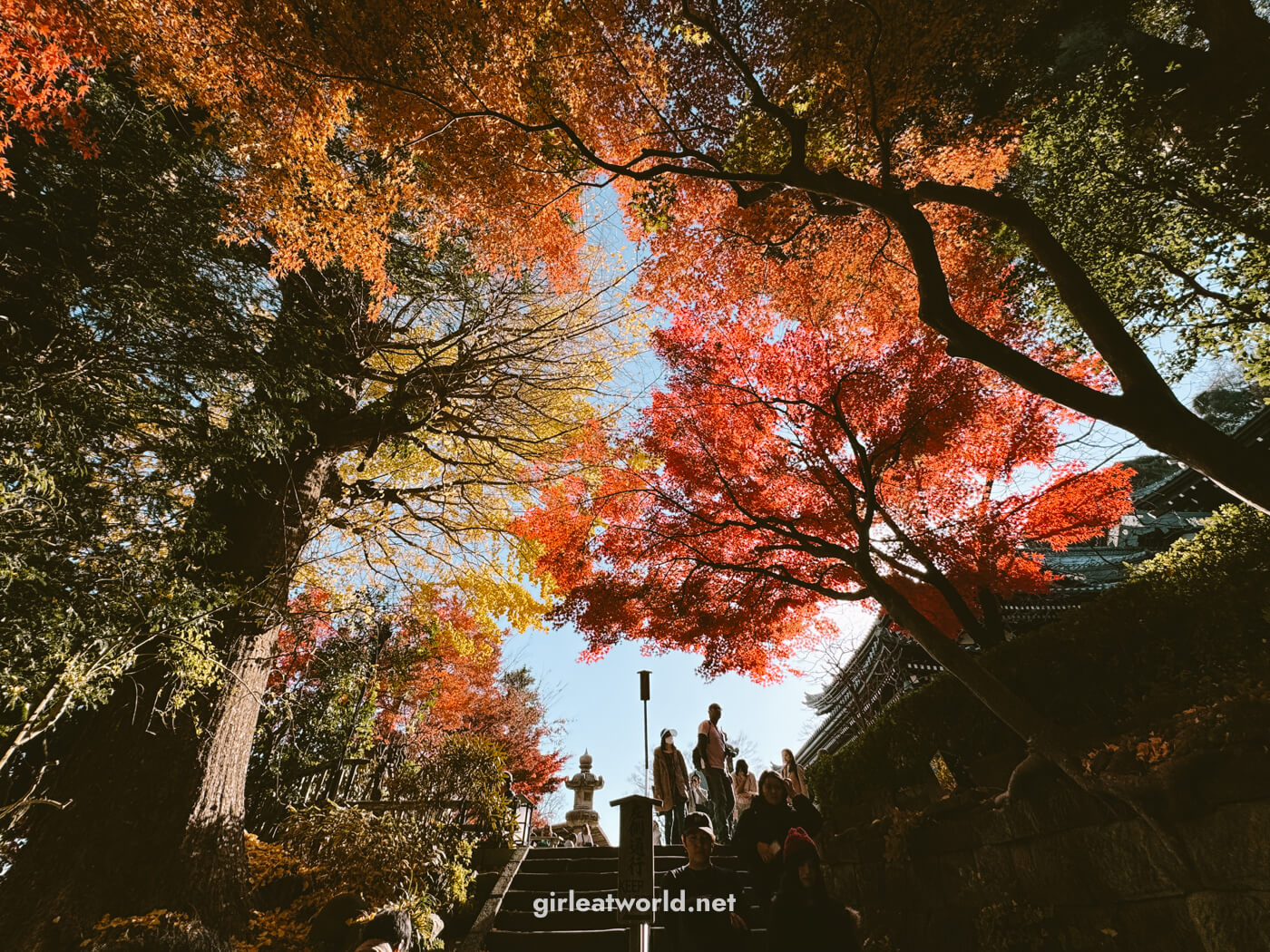
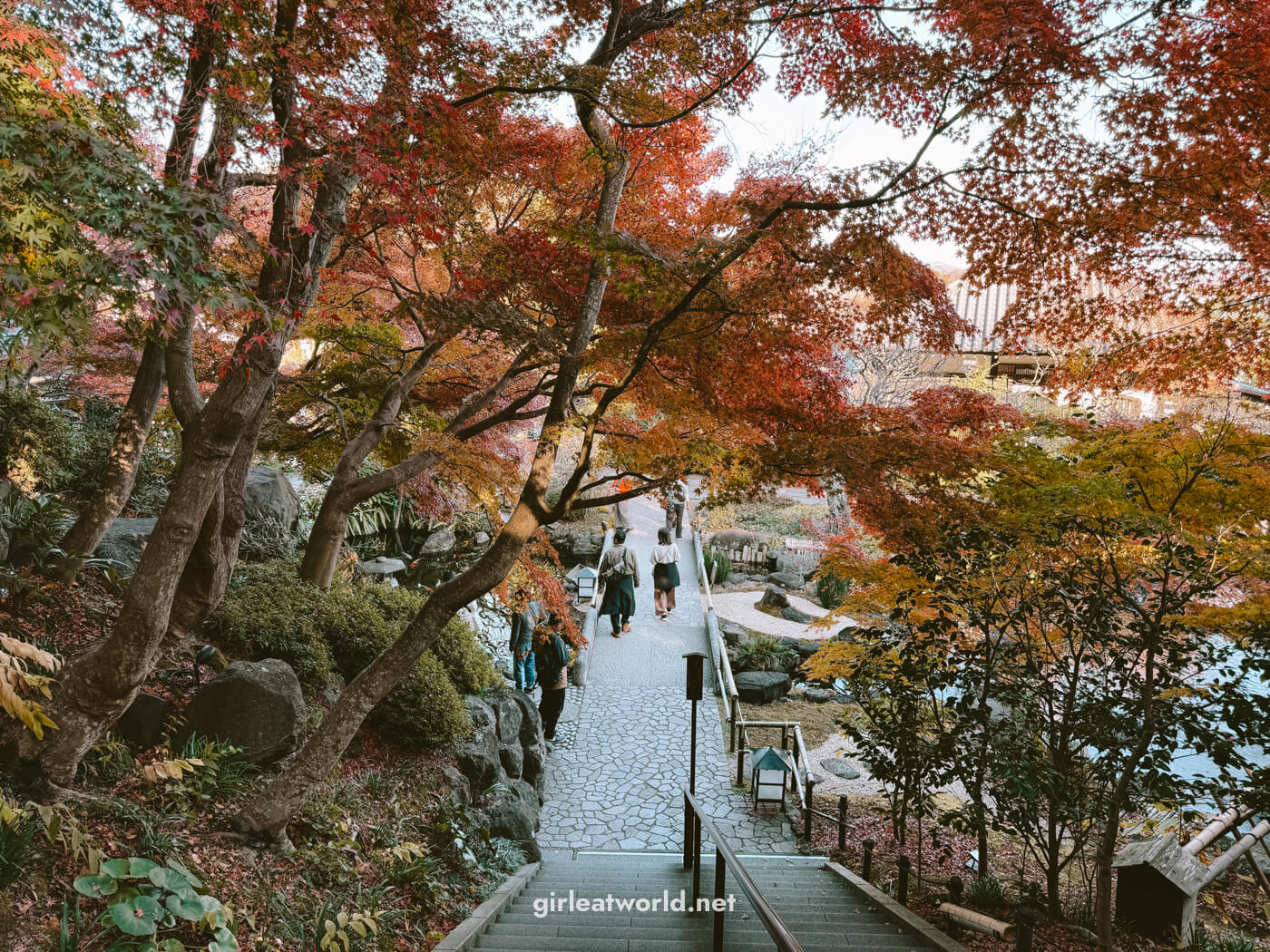
Within the Hasedera temple ground, you can also visit the Benten-Kutsu cave, a small Shinto shrine. The entrance to the cave is located on the lower level, just to the right of the set of stairs that would have taken you up to the main temple buildings. It is marked with a small vermillion torii gate.
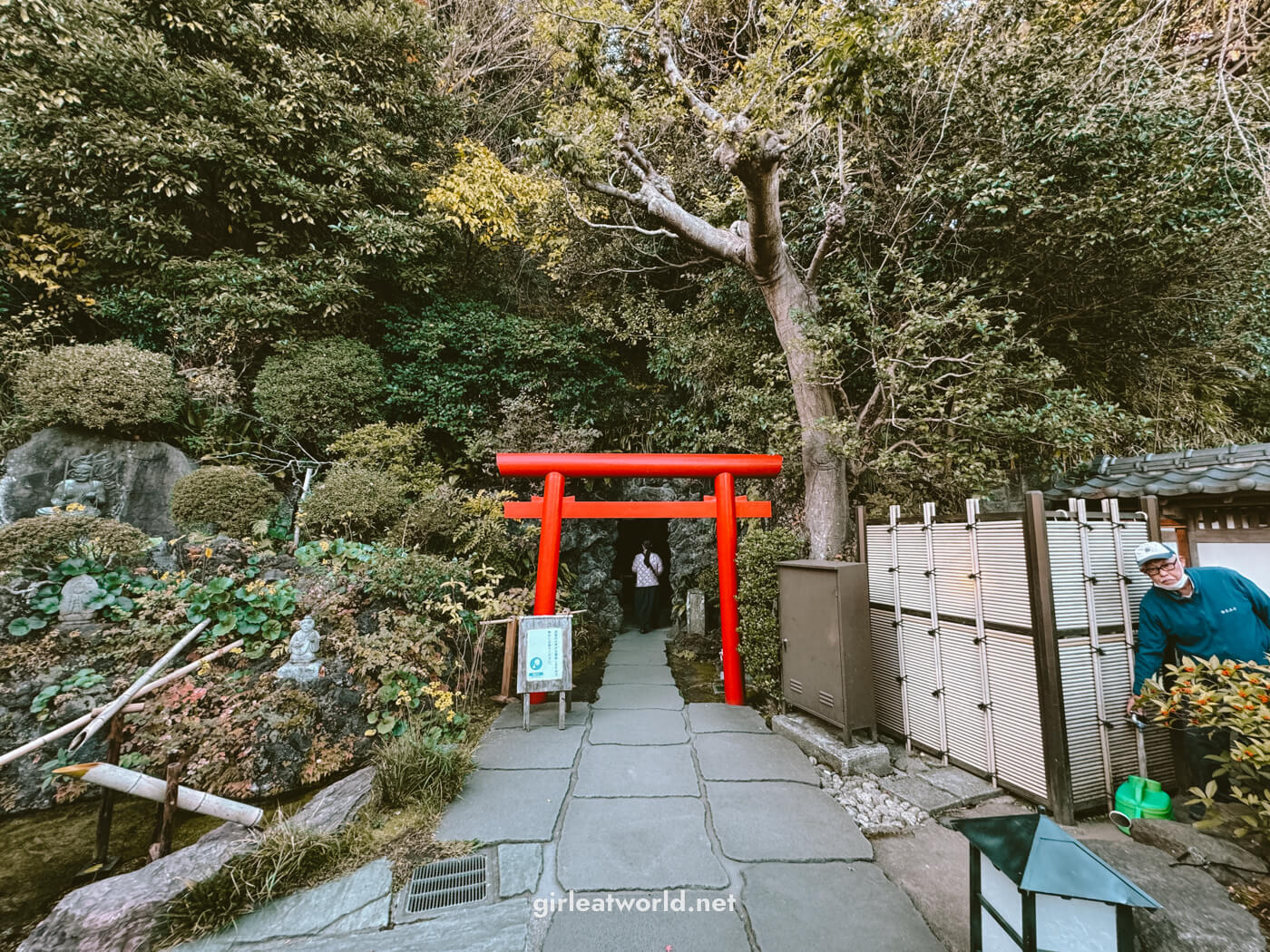
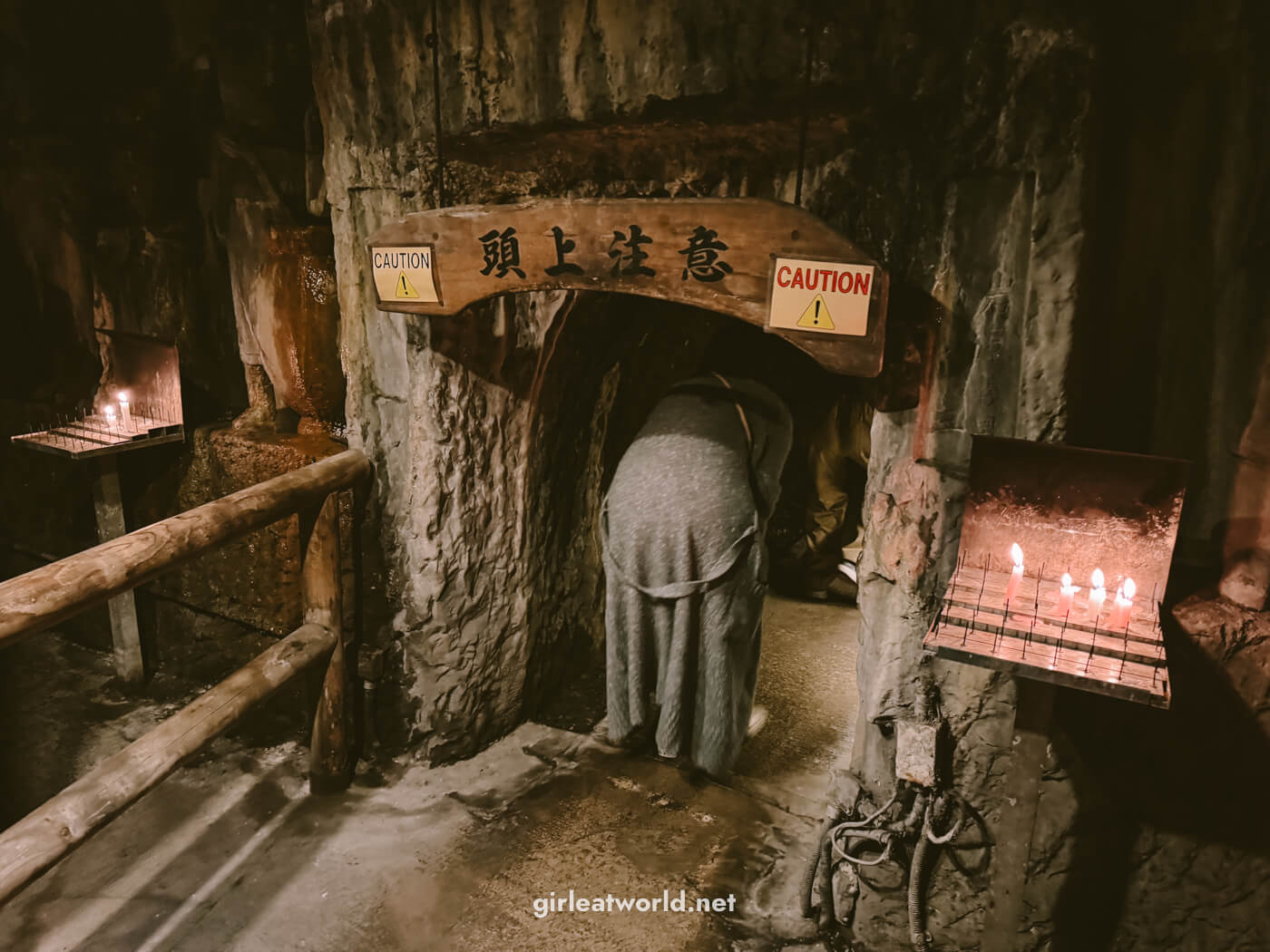
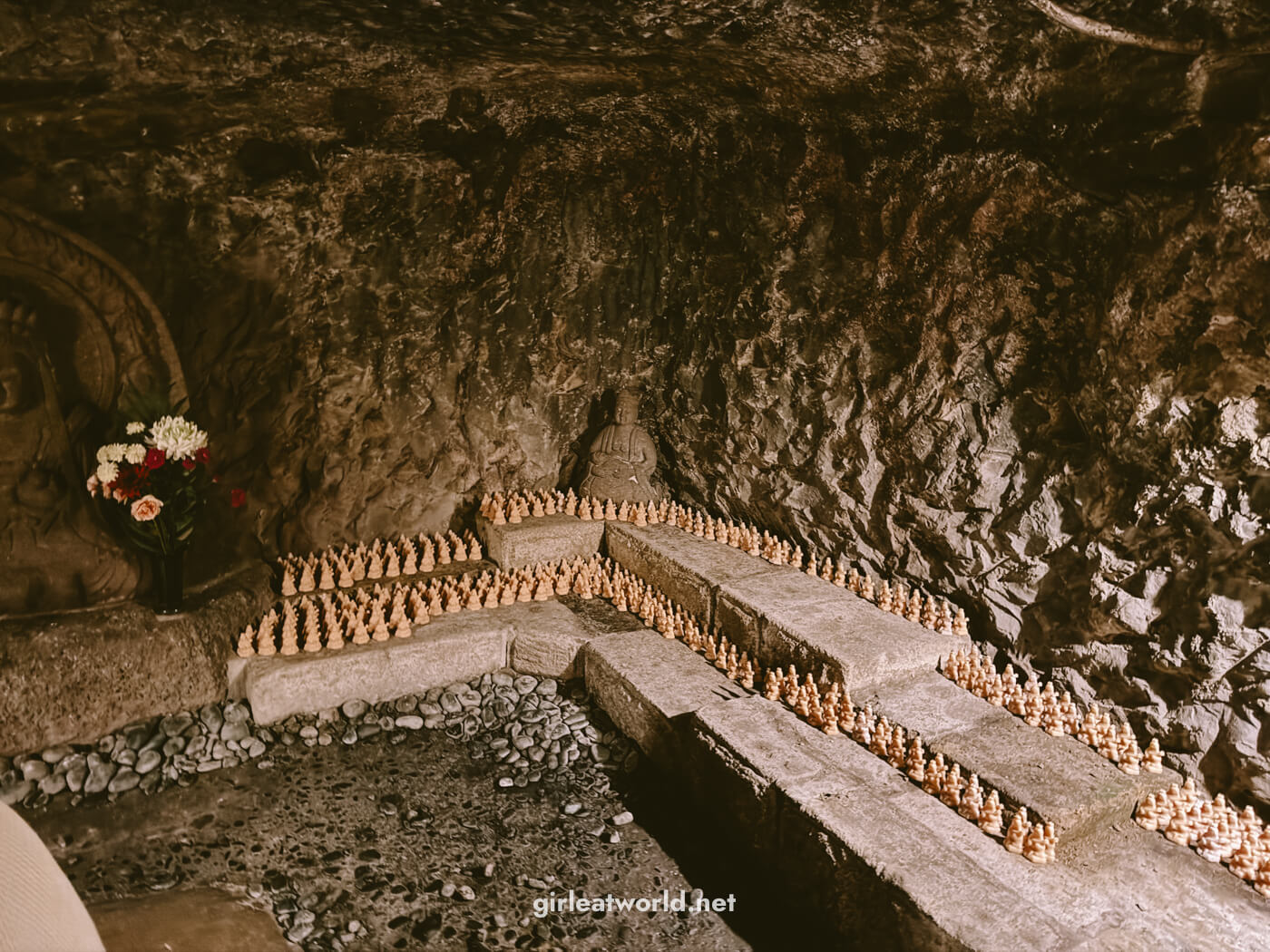
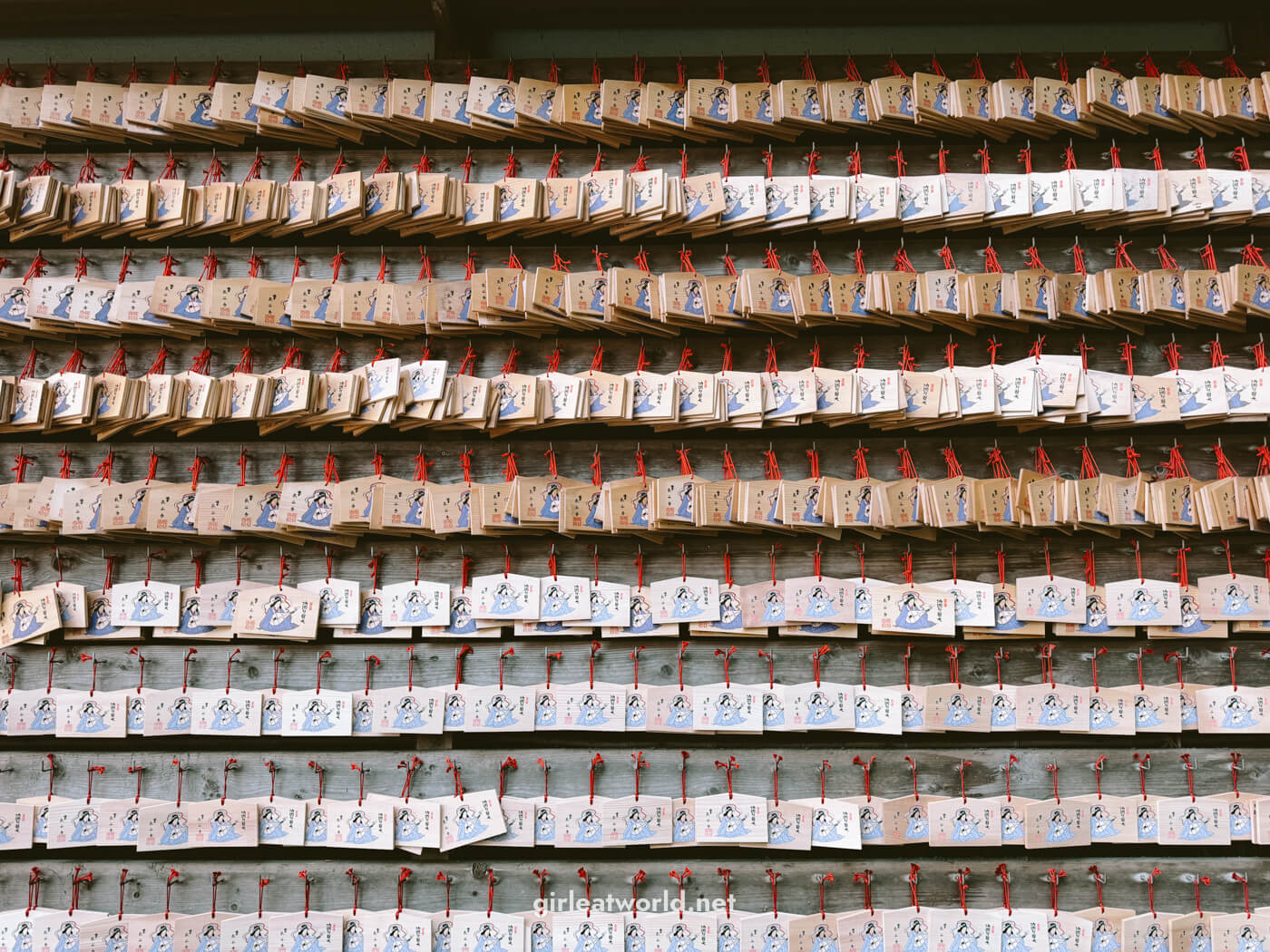
3. Tsurugaoka Hachimangu
Admission: Free
Aside from Daibutsu, Tsurugaoka Hachimangu is the most important shrine in Kamakura and the most visited shrine in Kamakura. And unlike other shrines, it will stay open until 8:30 PM so you can prioritize other sites first. However, I do think Tsurugaoka Hachimangu is better to visit while the sun is still up.
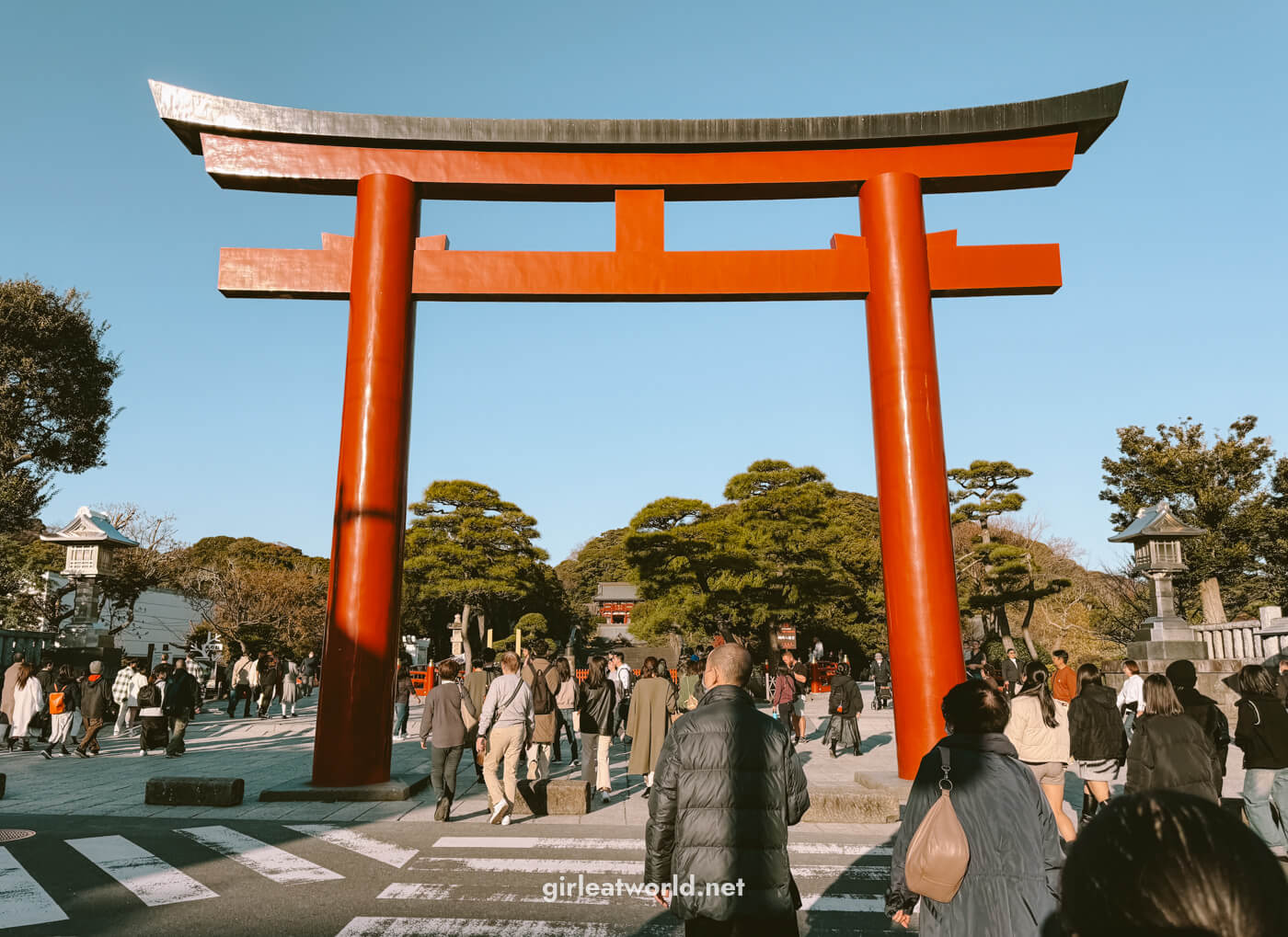
After passing the torii gate, you’ll see a chozuya where you’re encouraged to wash your hands before visiting the shrine.
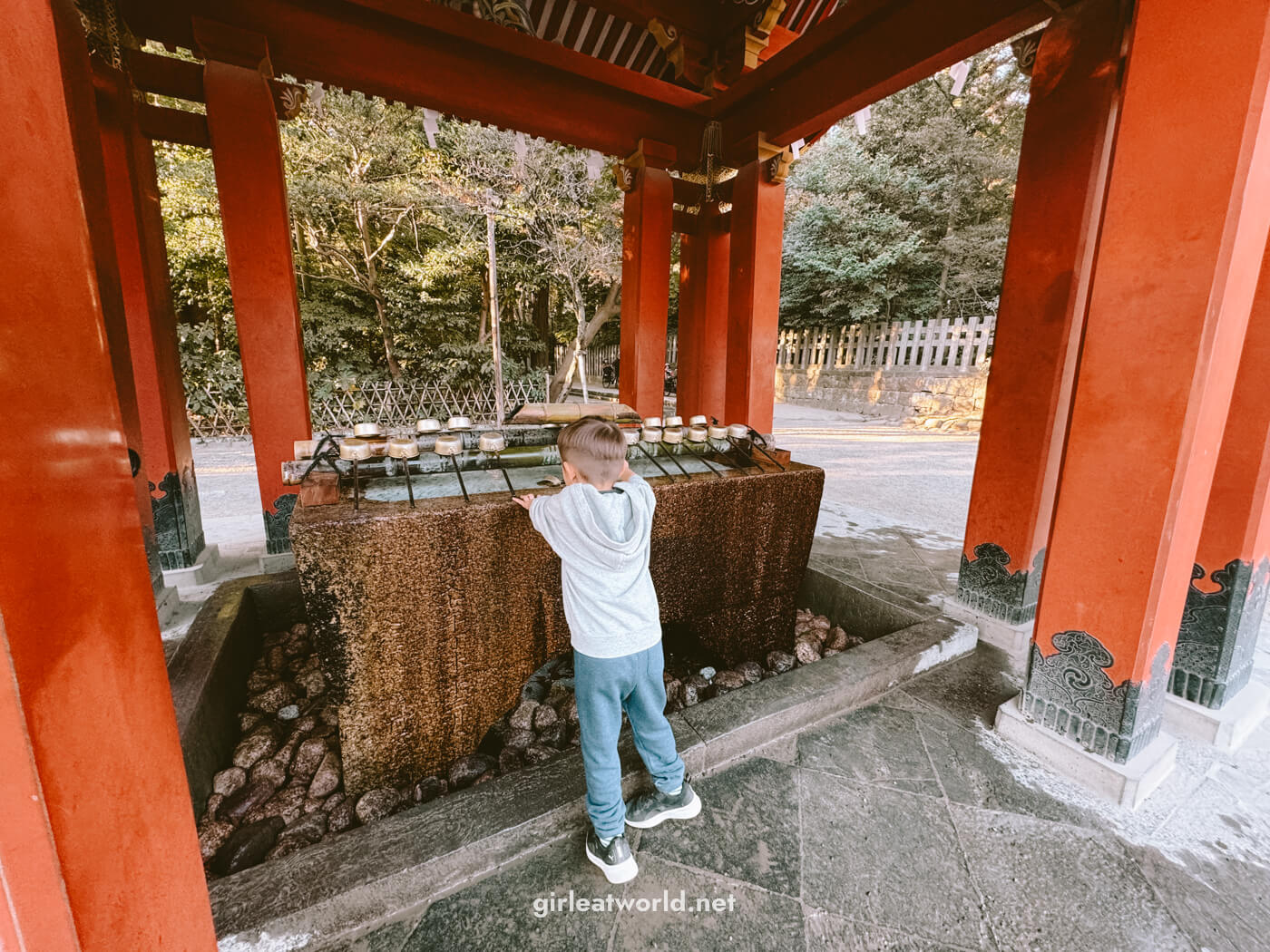
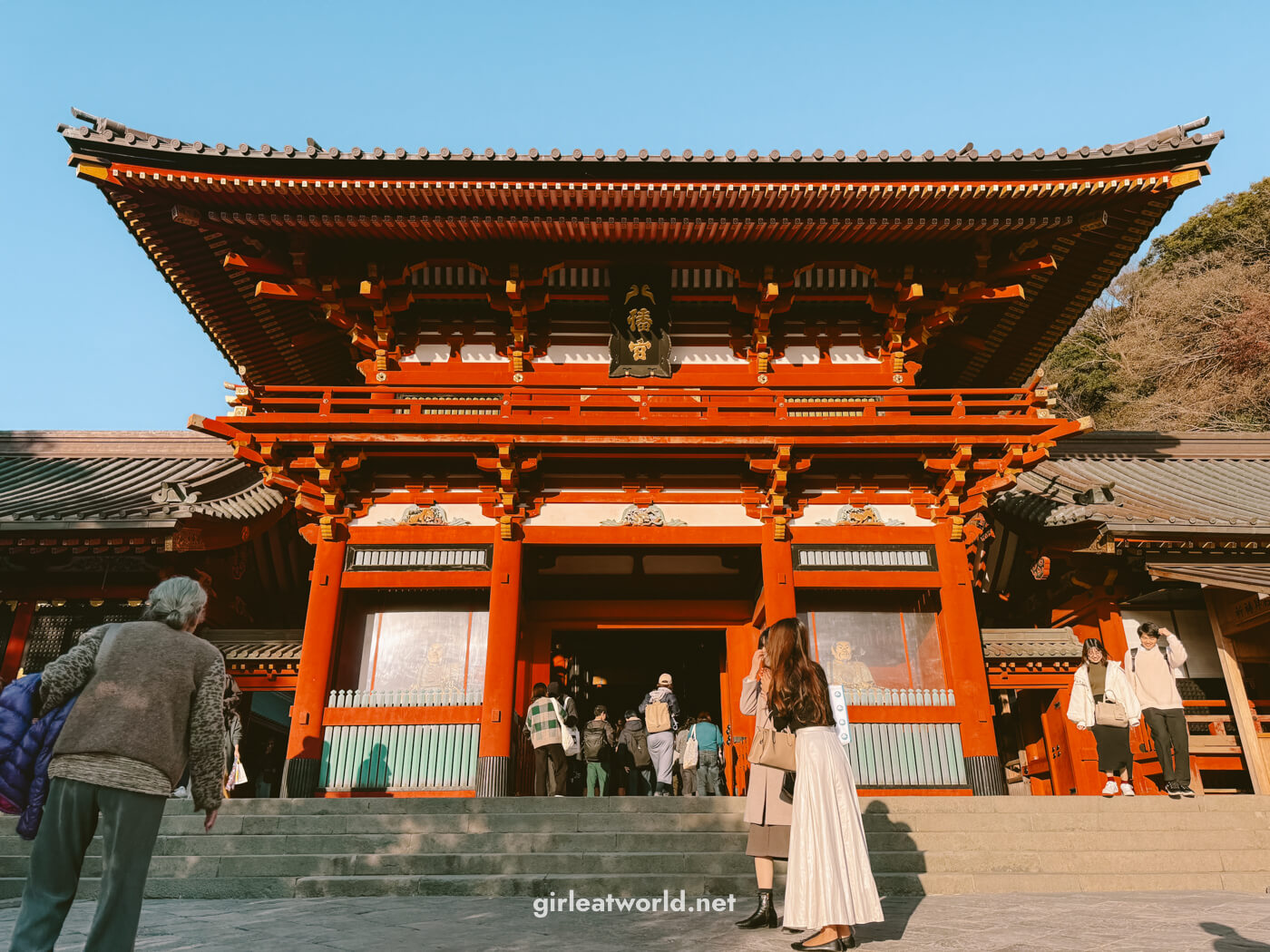
Shinto shrines usually have a special road that leads to its gate and the main shrine. Tsurugaoka Hachimangu has an impressive road approaching it. It’s a 1.8km long road that stretches from the waterfront, called Wakamiya Oji. You can see when you’re up at the main shrine.
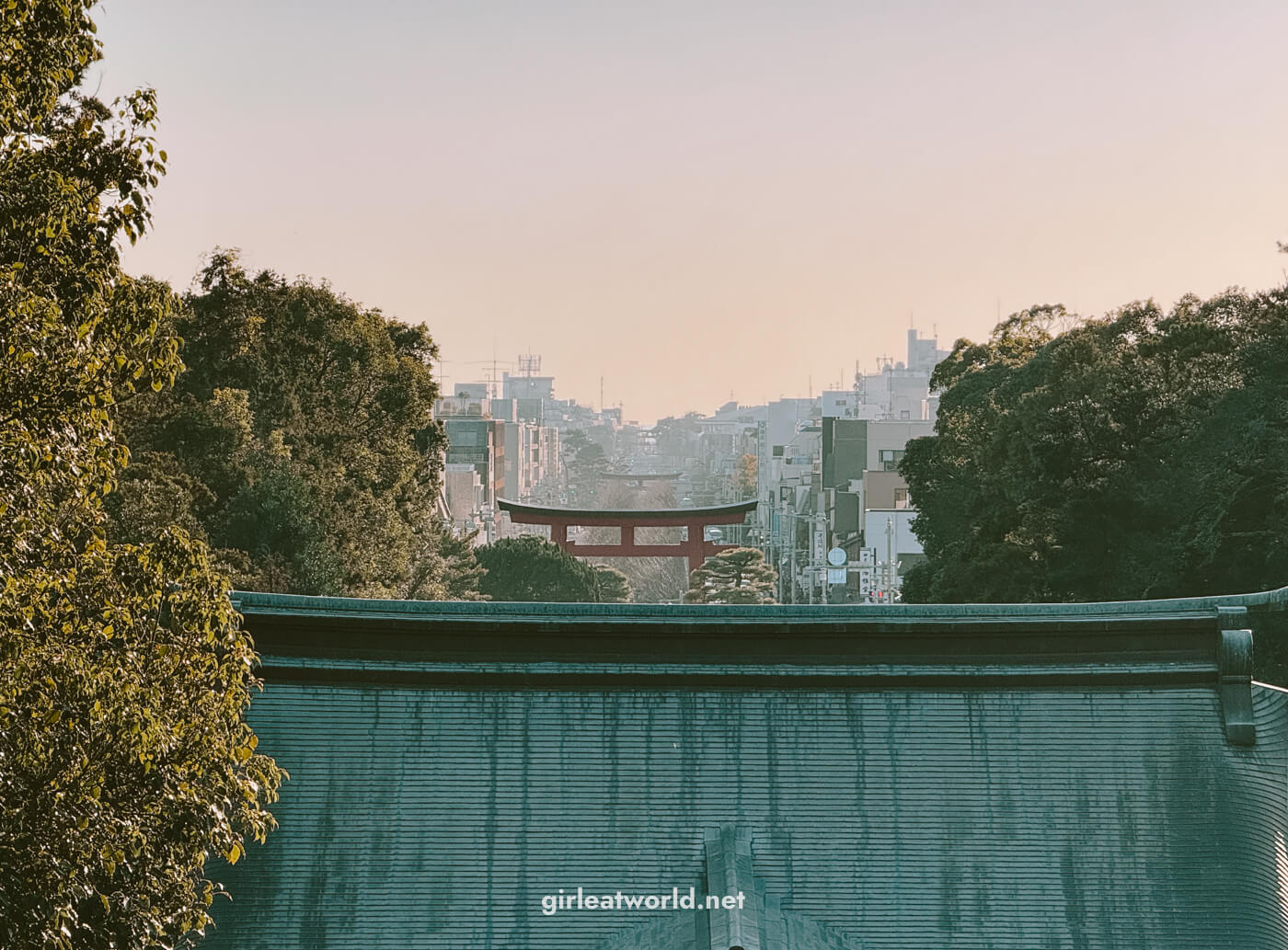
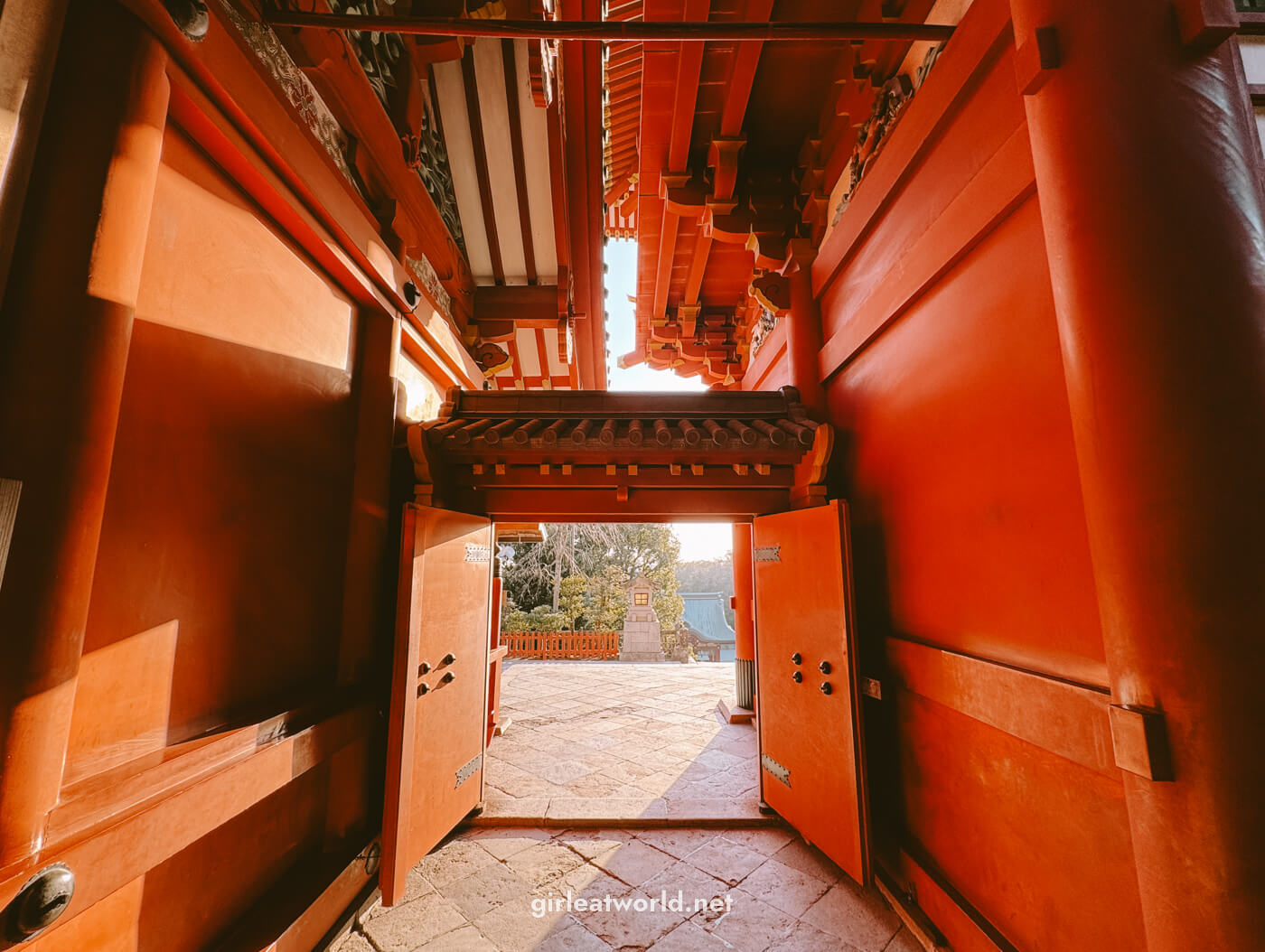
Take some time to explore the temple grounds. If you to the the left of the main shrine, you’ll find an Inari shrine with rows of torii gates that might convince you that you’re in Kyoto!
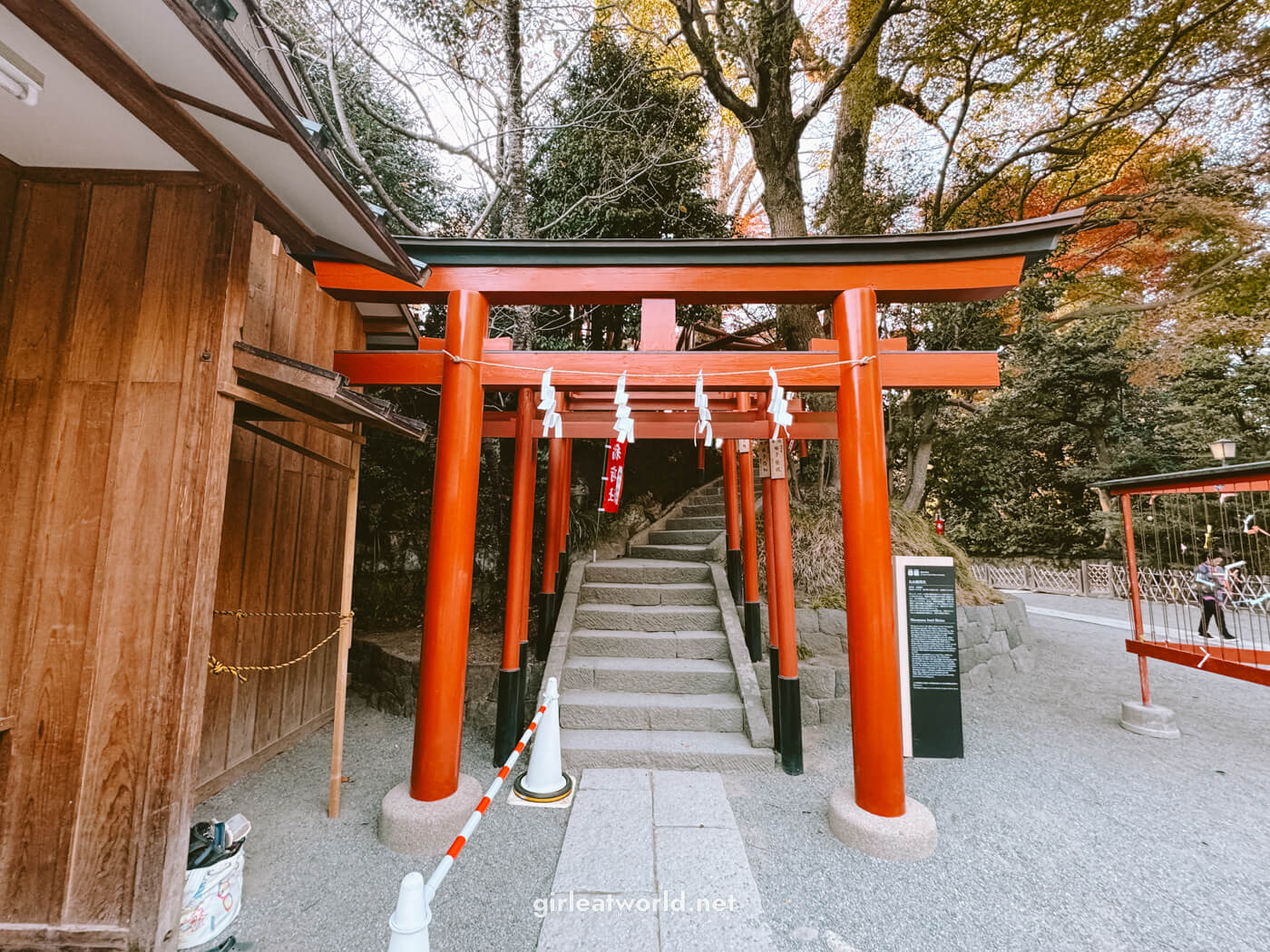
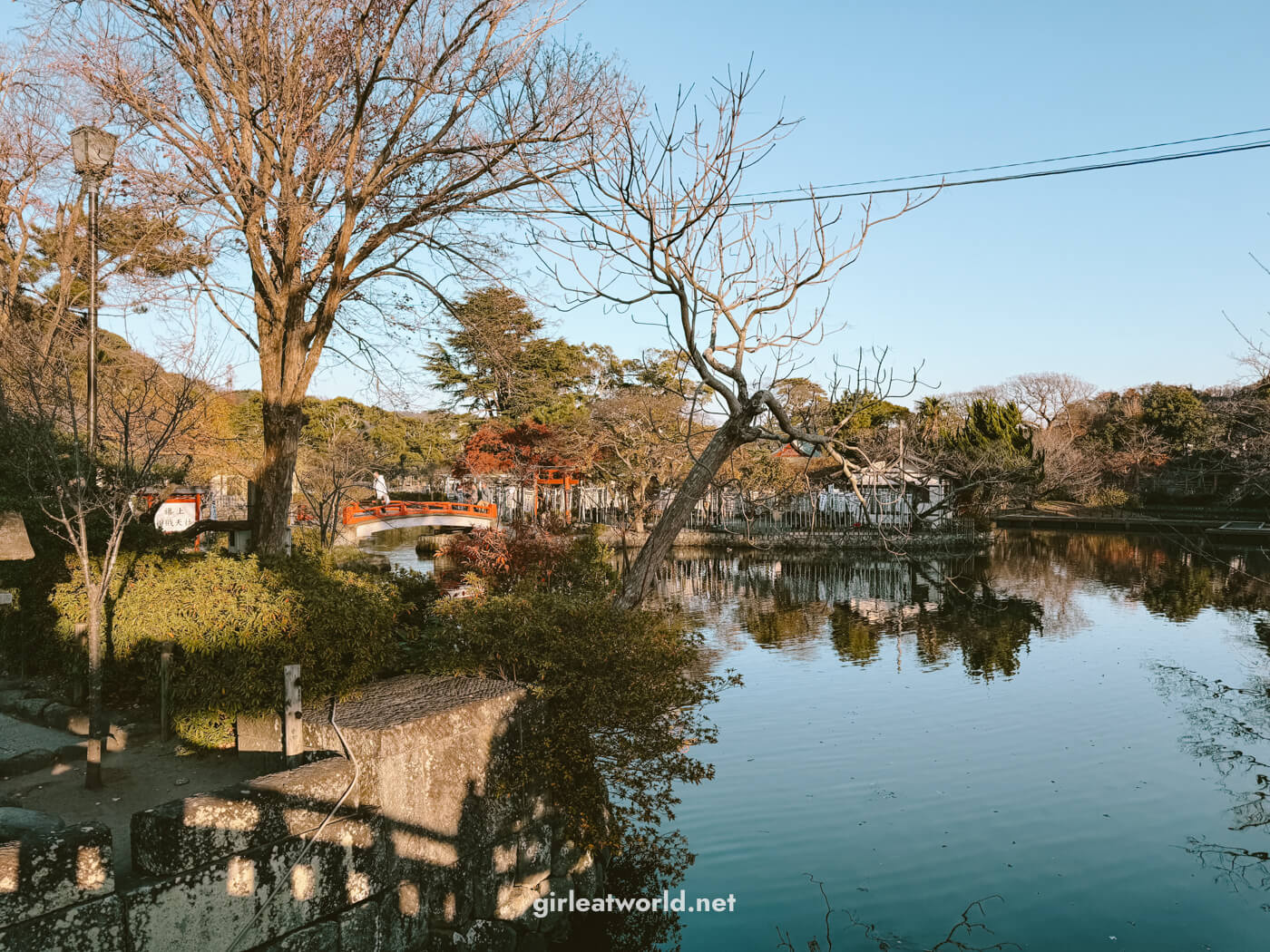
4. Komachi-dori, a shopping street near Tsurugaoka Hachimangu
Just a short walk south of Tsurugaoka Hachimangu is a lively area with many shops. Go one street west from the main street Wakamiya Oji, and you’ll find a small shopping alley called Komachi-dori.
Most of the shops on Komachi-dori would close by 5 pm, so I encourage you to come before then.
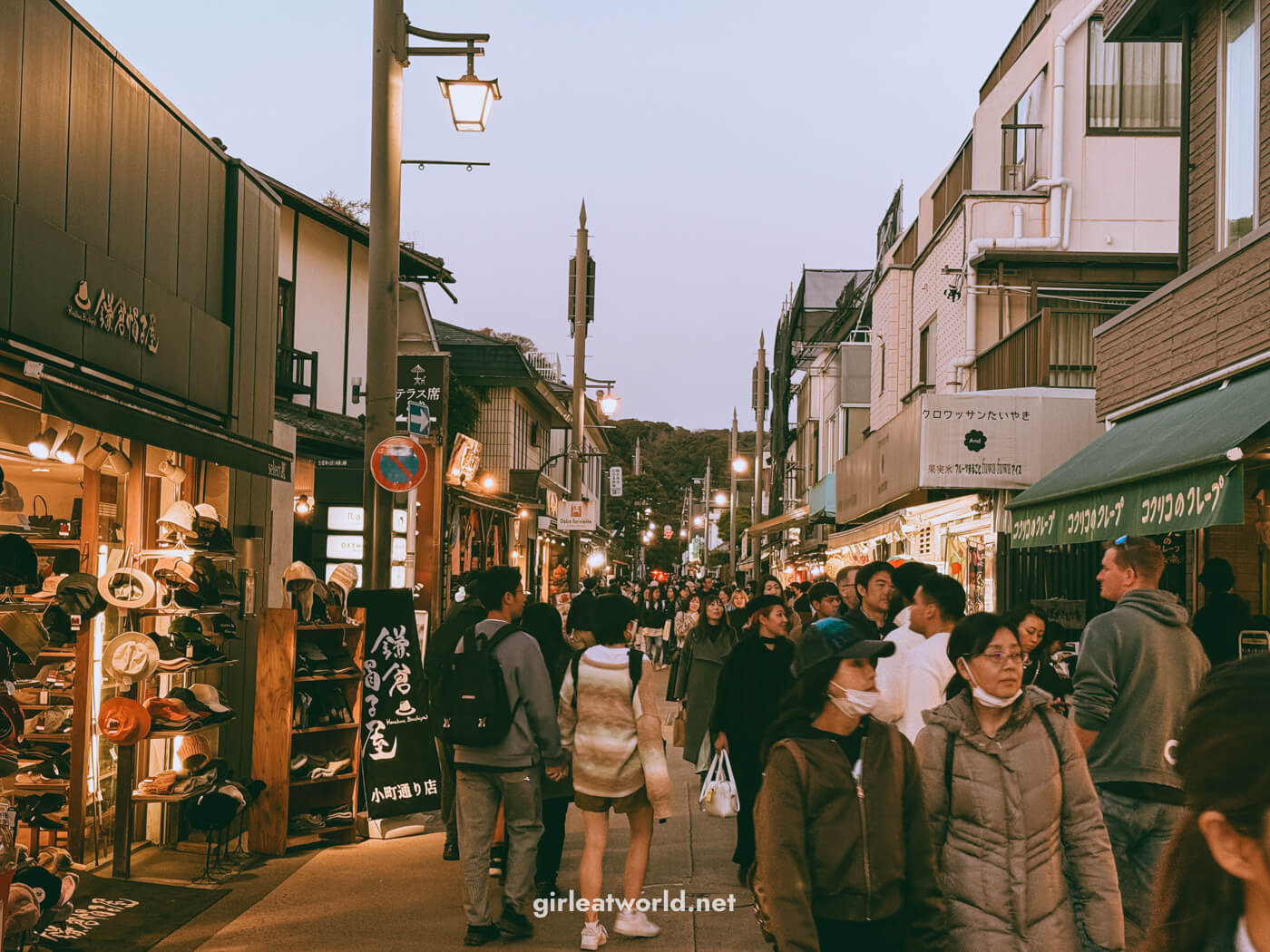
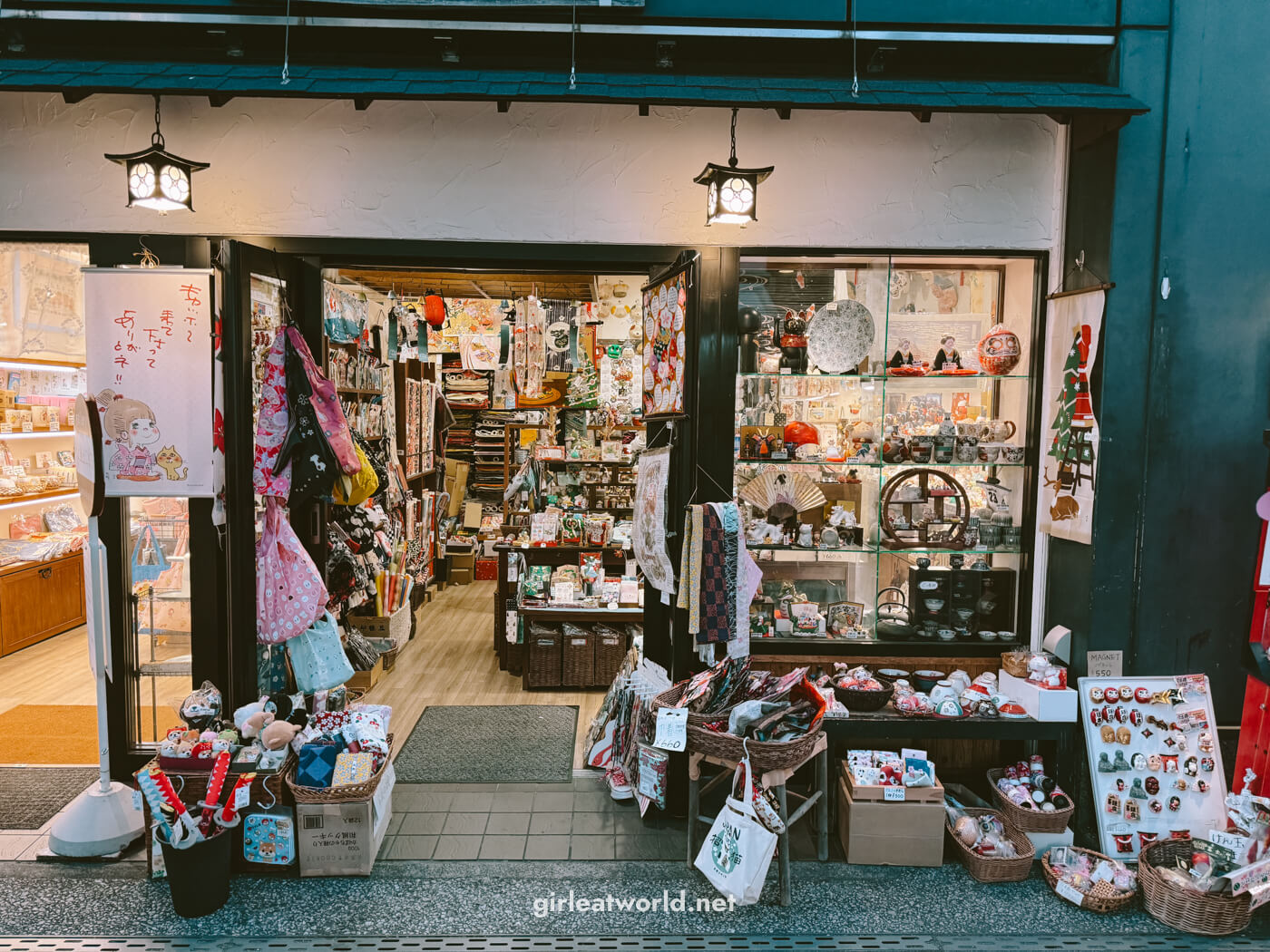
One of the stores that caught my eye is this charm store, where you can buy charms of many shapes and colors. You can also make a custom omamori with your own gemstone of choice. I thought it made the perfect omiyage (gifts) to bright back home.
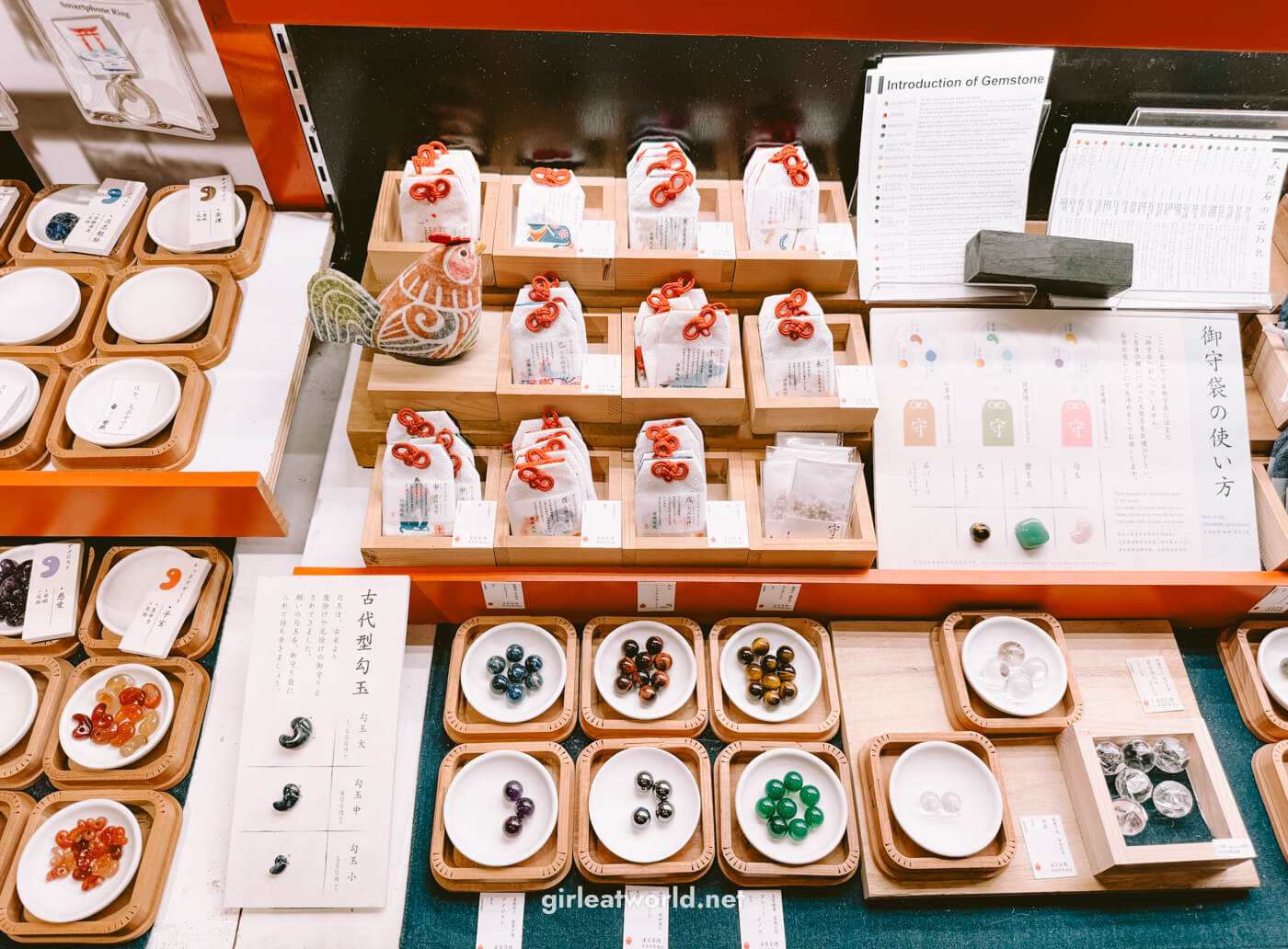
5. Kamakura Yuigahama Beach
Kamakura is a coastal city, and there are nice beaches you can enjoy not too far from the city center. One of them is Yuigahama beach, possibly the most popular in Kamakura, and even for people living in Tokyo.
The place is more lively during summer with surfing and other water activities, but people still go during the colder months to enjoy a stroll by the beach.

6. Visit the lesser-known Shrines
One of the main draws of Kamakura is that, just like Kyoto, it has many shrines you can visit. The lesser-known ones will take a little bit more effort to reach, but it’s worth it! Aside from the two I mentioned above, here are some of my picks.
- Zuisenji – Beautiful shrine with a garden and autumn leaves. It’s within proximity of hiking trails.
- Zeniarai Benten Shrine – The belief is that if you wash your money at this temple, it will double in value.
- Hokokuji Temple – Shrine with a peaceful bamboo forest, which will remind you of Arashiyama in Kyoto.
7. Kamakurakoko-Mae Station (as featured on Slam Dunk!)
If you are a fan of the well-loved basketball anime series Slam Dunk!, you’ll be glad to know that the opening scene of the anime, which features a train with a picturesque backdrop of the beach, is modeled after a train station in Kamakura.

Kamakurakoko-Mae Station is 7 stops away from Kamakura Station and can be reached within 20 minutes.
8. Enoshima
Enoshima is a small, 4-km-circumference island that can be easily reached from Kamakura, and tourists often group them when visiting. From Kamakura station, you can take the Enoden line for 26 minutes to Enoshima station. From the station, you can then cross the Enoshima-Ohashi (Enoshima bridge) to get to the island.
In Enoshima, you can visit the Enoshima shrine, Iwaya caves, Enoshima Aquarium, and stroll along Nakamise dori. I would set aside one day to fully explore Enoshima, but because it’s quite small, it should also be doable in half day.
And that’s all I have on visiting Kamakura! Please let me know if you’ve used my guide when you’re visiting Kamakura and if you have any questions, please comment below.
Have fun in Japan!
Are you planning a trip to Japan? I’ve written loads about the beautiful country. Check out the ‘Japan’ category of this blog for some travel inspiration.
